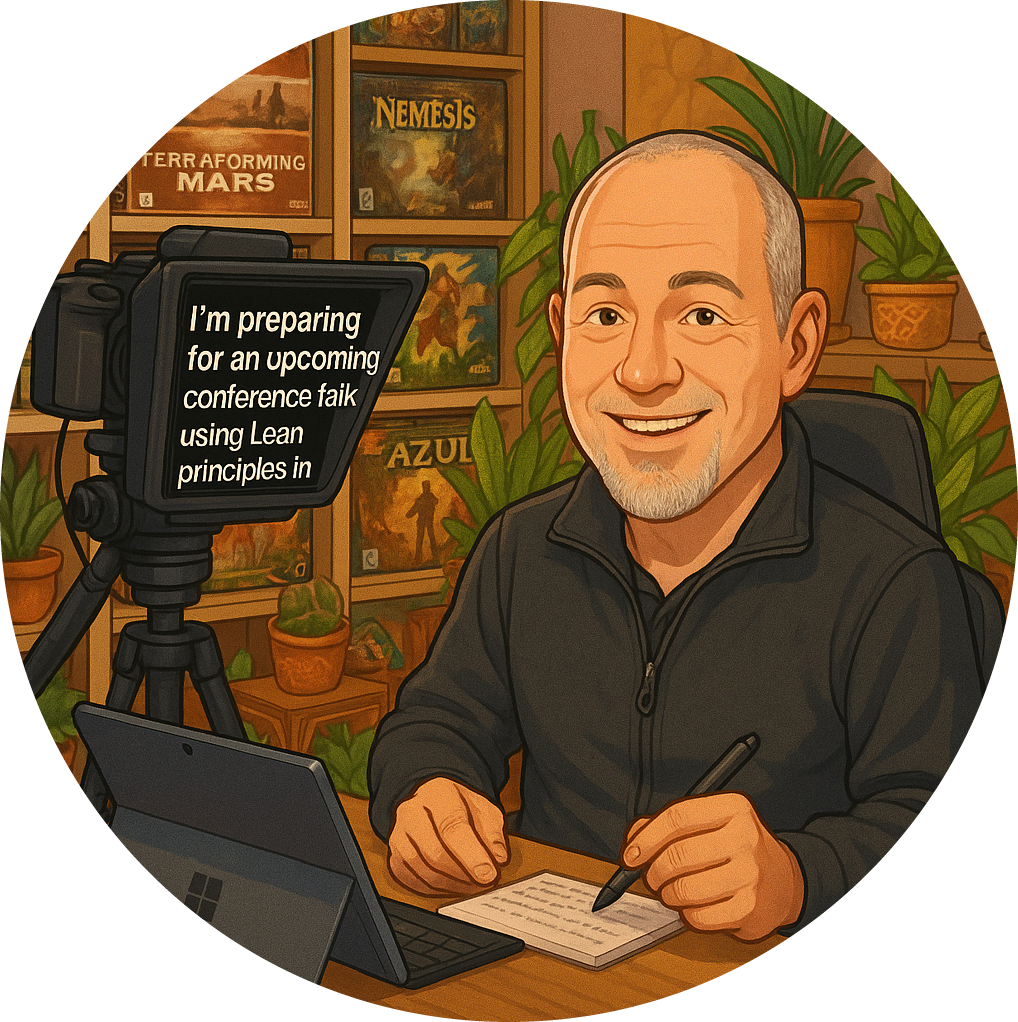The Art of Sprint Goal Creation
I’m back here again to discuss another fascinating aspect of the Scrum universe, which is the Scrum team ’s journey in the art of creating a Sprint Goal.🎯
Combining Strategic and Tactical Directions
The inception of a valuable sprint goal necessitates the Scrum team to pull in a whole lot of information.
In order to create a craft a top-notch sprint goal, the Scrum team can’t just grab the first item on the product backlog .
It’s far more nuanced than that.
The team needs to absorb a lot of information, including the strategic direction of the product and the tactical direction the product owner is navigating.
Plus, they also need to delve into the current engineering issues of the product. 🚀
Figuring Out the ‘Next Most Important Thing’
There needs to be an amalgamating of information.
Only after being well-steeped in the product’s strategic and tactical contexts the team then must ask, “What is the next most important thing we can work on?”
It’s about identifying the most pressing issue that can drive the product forward and offer real value for stakeholders. 💡
Choosing the Right Items from the Product Backlog
Only with this solid understanding of context can the Scrum team begin to have a productive discussion about which items to pull from the product backlog into their sprint.
It’s about cherry-picking the right elements that align perfectly with the sprint goal and show the stakeholders value. 🎯
Short and sweet, right?
Sprint goal crafting is an art, and with practice, your Scrum team can master it.
My Agile and Scrum courses are designed to equip you with the tools to achieve just that. 🎯



























